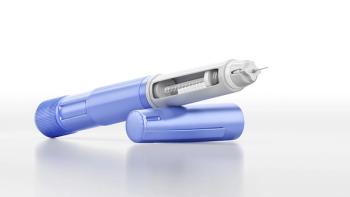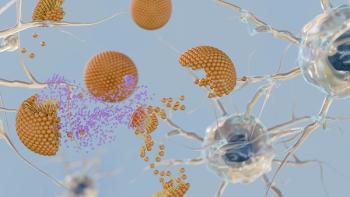
EMA Promotes Understanding and Use of Biosimilars
EMA and the European Commission released a biosimilars information guide for health professionals during the EC’s biosimilars conference.
In an effort to provide healthcare professionals with information on the science and regulation of biosimilars, European regulators have published
The EC launched the guide at its
“Today, biosimilars are an integral part of the effective biological therapies available in the EU,” said Professor Guido Rasi, EMA’s executive director, in a press release. “Given the role of healthcare professionals on the front line of patient care, it is vital that they have access to reliable information on these medicines: what they are and how they are developed, approved, and monitored.”
Source:
Newsletter
Stay at the forefront of biopharmaceutical innovation—subscribe to BioPharm International for expert insights on drug development, manufacturing, compliance, and more.




